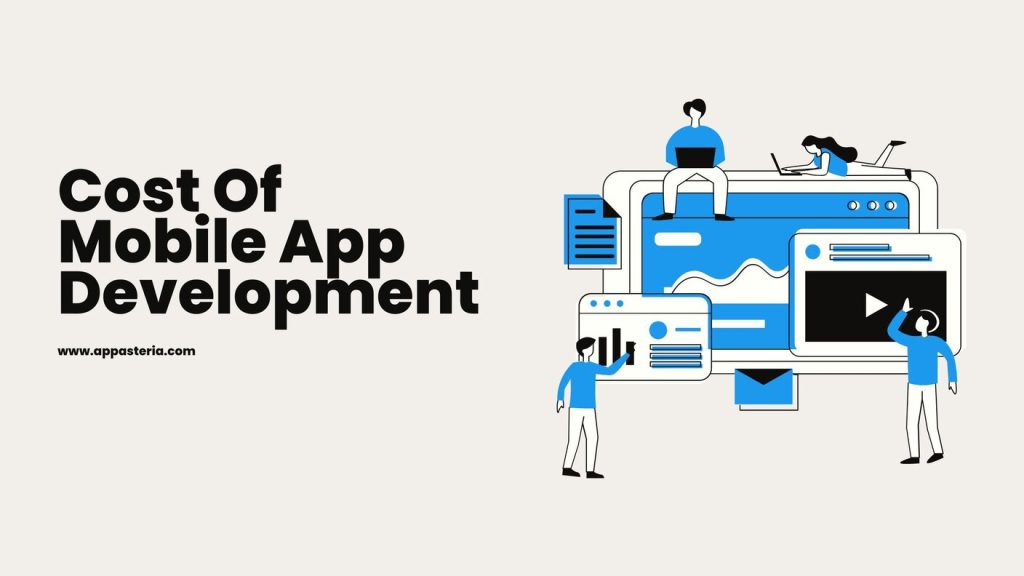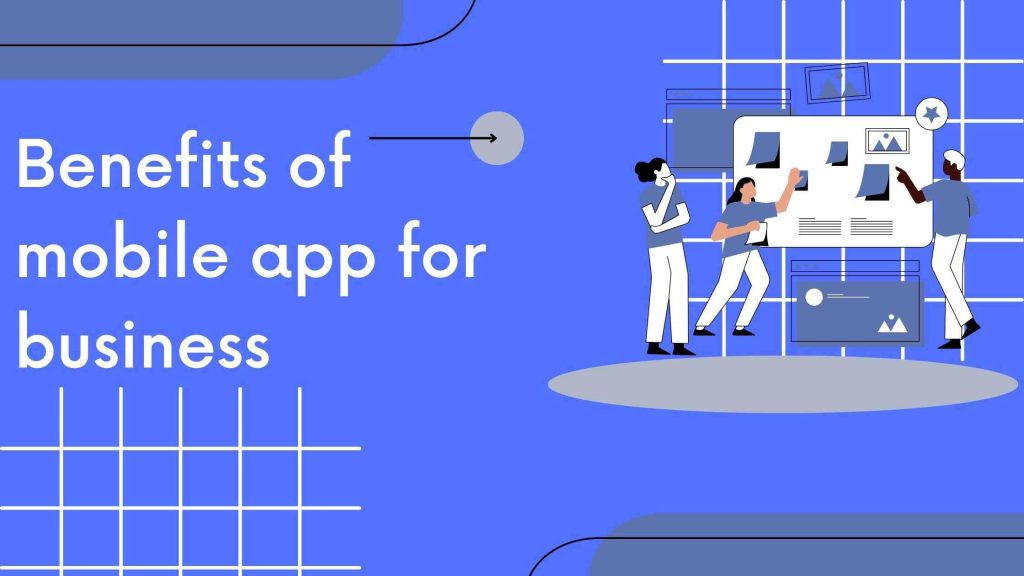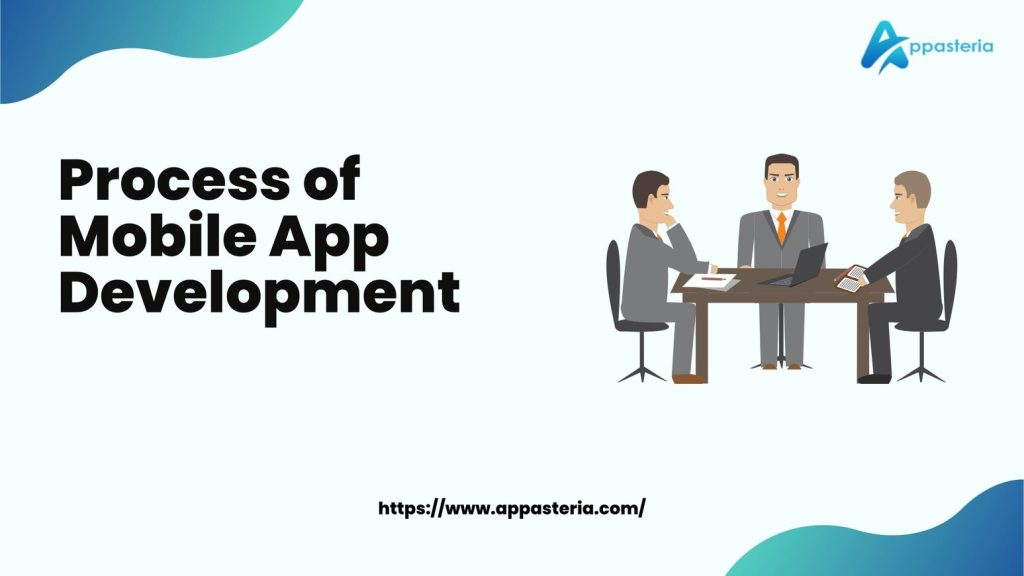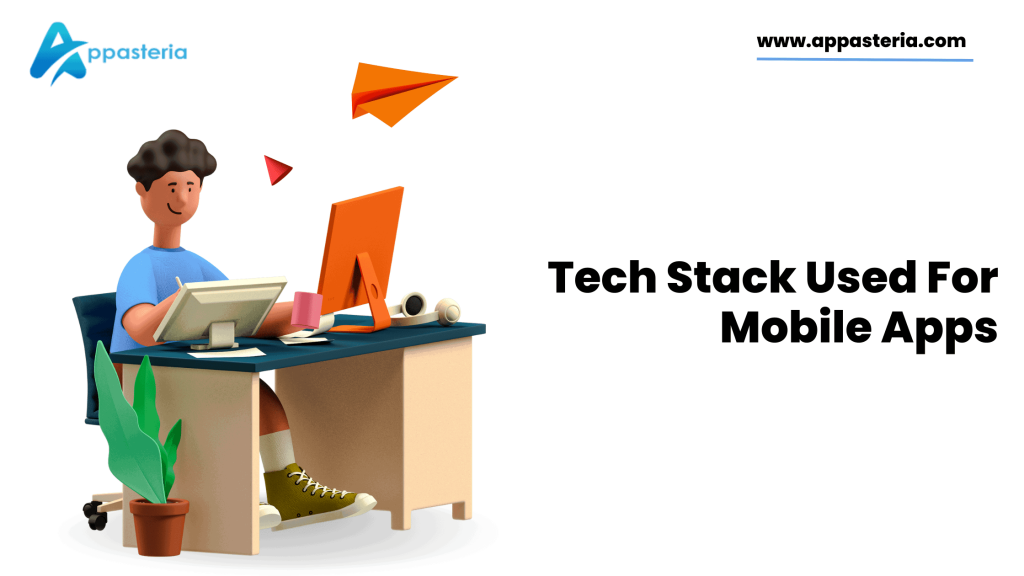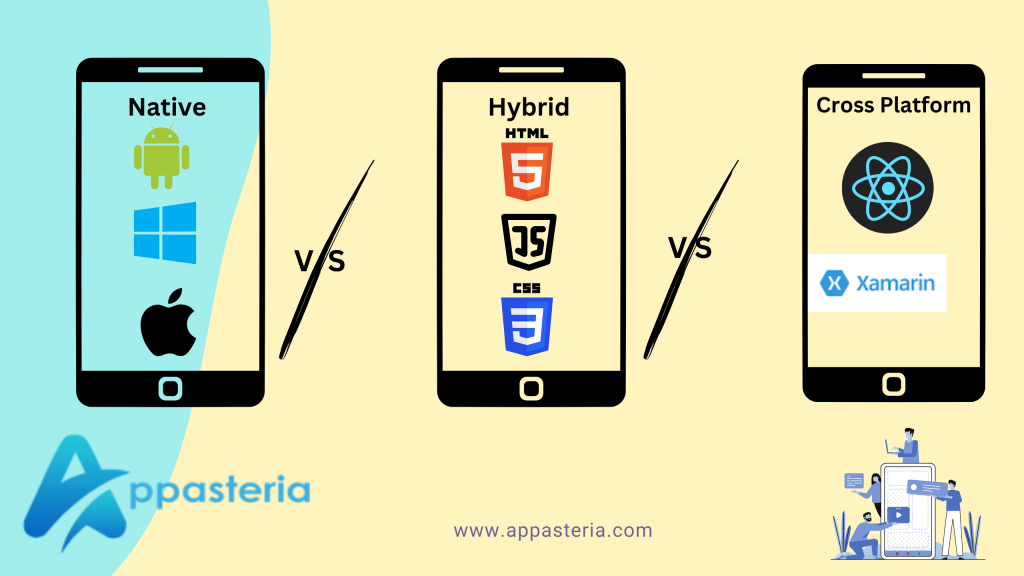Mobile apps help companies enhance customer relationships through customized user experiences. Given the convenience of a mobile app, it is likely that many businesses aim to offer their services on devices where their clients spend the majority of their time. Consequently, what is the cost of mobile app development?
Generally, the app development cost can be directly estimated from the rates charged by developers. For instance, a project that takes around 500 developer hours at a rate of $50 per hour would cost $2,5000. This cost varies based on the geographical region in which you are getting your app product developed.
But predicting how much time a business will take to develop an app is easier said than done. It depends widely on the types of features and complexity of your app. Given below is a method of calculating the cost of mobile app development in Asian countries like India.
Cost of mobile app development in India

The progression of technology has led to the emergence of mobile apps, providing significant momentum to businesses across various industries. Now more than ever, an app is essential for most successful companies. The right mobile app development services can help enterprises extend their reach and establish a competitive advantage that could determine the success or failure of the end product.
India boasts abundant resources, making it a popular destination for companies worldwide to look for mobile app development. Additionally, development costs vary greatly based on the platforms, app types, and regions in which you desire a development team. If you are curious about the cost of mobile app development in India, this article is for you.
Microbe experts point out various factors that typically assist in determining mobile app development costs. As mobile app development entails multiple stages, each step is considered a milestone.
Various elements that affect the cost of mobile app development are listed below:
Platforms
The first thing to consider is that every platform is different and has unique qualities. The iOS app development cost can range from $30000 to $80000. At the same time, the Android app development cost can be approximately $5000–$40,000. Other platforms, like Appasteria, can cost $15,000–25,000. React Native and Flutter ($1000–5000). Apart from this, the other platform examples include Live Code, Accelerator, etc. The cost of mobile app development in India will also vary based on your preferred platforms. Your mobile app development company should ideally guide you in picking the right platform and aligning it with your specific needs.
App features: Simple Vs Complex
The complexity of your app’s features ultimately contributes to your overall mobile app development costs. Some apps only have basic and simple features, making them easier to build. However, apps with complex features result in higher prices. Most apps now include additional features to establish a solid customer base. These features help increase traffic and achieve higher conversion rates. Features like user logins, profile sections, search, chat, messaging, payments, etc., are commonly found in all apps. However, features like geolocation, advertisements, sensor usage, offline mode, etc., are complex and naturally cost more and take more time to develop.
Type of apps

Apps can be classified into three categories based on their features and technology.
Native apps
These apps are designed for a single platform and are referred to as “native” iOS or “native” Android apps, as they function on specific operating systems. Their functionalities and features are not interchangeable, so their codes can be more reusable. Costs can range from $50,000 to $100,000.
Web apps
Many businesses rely more on web apps than on websites. These apps improve the user experience, can be accessed through web browsers, and perform all actions on the device the user interacts with. Since there is no need for customization compared to native apps, this results in lower development costs. Pricing for such apps can range anywhere from $500 to $5000.
Hybrid apps
Hybrid app development entails carrying features of both native and web apps and mostly look like native apps. They can be rapidly designed, fast-loaded, and economical. They can cost approximately anywhere from$10,000- to $50,000.
Consider These Factors to determine How much it costs to build a mobile app which can help you in deciding on a suitable mobile app development budget.
App Development Priorities: Quality, Cost and Speed
It is important, to be honest with yourself and your priorities. A fundamental rule of software development is illustrated in the graphic below. Consider three attributes: helpful, quick, and inexpensive. You can pick two features for your project, but you can only have some of the three.
Searching for a software development firm that promises to create an excellent-quality application quickly on the cheapest budget is a red flag. If something looks too good to be true, it probably is. You will get what you pay for.
App Development
Assuming that you require a high-quality app, you must choose between a larger budget with a shorter development timeline and a smaller budget with a longer timeline. The preferred development timeframe is approximately 12 weeks at maximum. Your timeline will be longer because you also need a time-up list for design and product definition.
If you want to use outstanding resources and decrease the price, you should estimate that an additional 6–12 weeks will be added to your development timeline.
Development of apps internally versus externally
You are hiring a software developer because they know how to execute well. They will only build a core competency in programming software if they have internal resources. Unfortunately, it’s easy for a firm to say, “Of course! Our developers are in-house, although that is frequently different.
Some companies will say that all their resources are internal. They may have their own design resources, but their development is external.
Ask them about their specific team members who will be working on the project, and ask them what past apps they have worked on. You can also request that they discuss the resources and evaluate their communication skills.
While internal development is cheaper, hiring in-house engineers will make a big difference during your design phase. It will also save you time and money by bringing technical knowledge into product design.
This is an easy way for developers to charge onshore rates for development and get huge profit margins. You can weed these firms out by doing due diligence on the team members.
This hybrid technique can be effective in circumstances where capable onshore engineering teams can work on the essential components of a project while using less expensive outside resources for the less important ones. However, this strategy will be successful if a committed engineering team is onshore.
Development Methods: Waterfall vs. Agile
Waterfall and agile development are the two most well-known app development methods, but they differ broadly.
Waterfall development depends on having a transparent documentation process laid out upfront before the development process begins and closely following that process. Developers work in 1- or 2-week sprints and figure out code as they go. With agile development, there needs to be more documentation before starting the product.
Agile development could help you get to market faster. The approach referred to as “iterative development” is a hybrid method. Some documentation is done in advance, such as wireframes and mockups for essential screens and functionality. However, specific details and aspects are left to be determined by the team during the development process.
Agile vs. waterfall and app cost
There is limited flexibility with the waterfall development method, but you know exactly what you are receiving and the cost involved. Additionally, the structured project’s precise record-keeping makes it easier to enhance the process in the future.
The duration of the project will be extended. Generally speaking, the industry is shifting towards agile development. However, waterfall development can be complex since it’s challenging to know every detail and nuance from the beginning of a larger, special-quality, or more complex project. The absence of an initial structure can sometimes cause the project to be more costly than initially anticipated.
Still, it allows far more flexibility to adjust the product and budget for feedback and changes.
With agile development, you can have additional output at the end of each development cycle, making you more likely to reach your launch date and get to market faster.
Fixed-Fee vs. Time-and-Materials Costs
Set up a fixed fee for the work in a waterfall structure. It would be best if you spent X on design and documentation and then paid a fixed price to develop your app for Y. However, if you want to change something, then enter your work orders.
Your developer will charge you extra for any new work or changes you want to have done. You should ask the following questions: How many work orders are on your developer’s projects? Are all orders charged the same expenses? How much does the original contract cost compared to the price of the work orders?
The best developers typically prefer to work in agile or scrum. The quality and ability of developers who are bound to work in a fixed-fee structure can sometimes get compromised.
You can be charged for the work in an agile or iterative structure. The company will provide an estimate of the rates you will be charged. If it is billed hourly, verify if they have time-tracking software and if you can review it. Also, in case of an invoice dispute, check if there is a procedure to handle the situation.
While a fixed-fee structure may limit your risk, I suggest exercising awareness of it.
Your “locked-in” price can be deceiving when you decide the budget for the total cost, including future work orders and a longer time to market. Your ultimate goal is to get a great product to accomplish your business objective.
Must remember that the best developers typically choose to work in agile. The quality and ability of developers who are bound to work in a fixed-cost structure can sometimes be compromised.
Estimate Creation
This last factor can have a significant impact on your app’s cost. Even though a good app developer won’t be cheap, their services will be worth the expense. What you should know includes: Who calculated the price? What’s the process for estimate creation? Have you spoken with that individual? Have they used the same technologies and developed similar apps? Does that person fully comprehend what you’re saying? If the technologies are unfamiliar, developers are more prone to underestimate the time and cost required. To avoid underestimation, consider how actual historical prices have compared to initial estimates.
Get a tentative estimation for creating an app.
The mobile app development cost changes depending on factors such as the app’s complexity, the platform it will be built for, and the development team’s experience. If you want to get a more accurate estimate, it’s best to consult a reputable app development company like Appasteria. Their experts specialize in building innovative and scalable apps with cutting-edge features and functionality. If you’re considering creating an app for your business, contact Appasteria’s experts to get started.
FAQs.
1. How much does it cost to develop a Mobile Application?
The pricing of mobile app development can range from $15,000 to $100,000, depending on the complexity and features of the app. This understanding is based on various factors that are considered in app development.
2. How much does it cost to maintain a Mobile App?
Appasteria provides free maintenance for the first six months for the newly built apps by them. Then the cost depends upon the number of app development hours multiplied by the number of resources engaged.
3. What are the different processes of Mobile App Development?
The different processes of mobile app development vary on an individual basis. However, the following seven steps are necessary;
- Strategy Development
- Analysis and Planning
- UI/UX Design
- App Development
- Application testing
- Deployment
- Support and Performance Monitoring
4. How long does it take to build a Mobile App?
The development time for a small app can be completed within 2 months; a medium-sized app can take 3–4 months, and a larger app may require 5–6 months.
5. What are the technologies used to build the Mobile Apps?
Mobile app development can be done using top technologies such as Python, Java, Flutter, React Native, Swift, Kotlin, R programming, etc.

